热身 Warm-up
给下面的词语选择对应的图片
Match the pictures with the words/phrases.

qián
钱______
chá
茶______mǐfàn
米饭______
bēizi 杯子______
Hànzi 汉字______
Zhōngguó cài
中国 菜______
课文 Text
1 在饭馆儿 In a restaurant 🍀 08-1
Nǐ xiǎng hē shénme?
A: 你想喝什么?
Wǒ xiǎng hē chá.
B: 我想喝茶。
Nǐ xiǎng chī shénme?
A: 你想吃什么?
Wǒ xiǎng chī mǐfàn.
B: 我想吃米饭。
English Version
A: What would you like to drink?
B: I’d like some tea.
A: What would you like to eat?
B: I’d like rice.

New Words
1. 想 xiǎng mod. to want, would like
2. 喝 hē v. to drink
3. 茶 chá n. tea
4. 吃 chī v. to eat
5. 米饭 mǐfàn n. cooked rice
2 在客厅 In the living room 08-2

Xiàwǔ nǐ xiǎng zuò shénme?
A: 下午你想 做什么?
Xiàwǔ wǒ xiǎng qù shāngdiàn.
B: 下午我想去商店。
Nǐ xiǎng mǎi shénme?
A: 你想 买 什么?
Wǒ xiǎng mǎi yí ge bēizi.
B: 我 想 买一个杯子。
English Version
A: What would you like to do this afternoon?
B: I’d like to go shopping.
A: What do you want to buy?
B: I want to buy a cup.
New Words
- 6. 下午 xiàwǔ n. afternoon
- 7. 商店 shāngdiàn n. shop, store
- 8. 买 mǎi v. to buy, to purchase
- 9. 个 gè m. a general measure word
- 10. 杯子 bēizi n. cup, glass
3 在商店 In a store 08-3
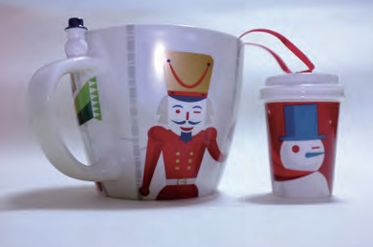
Nǐ hǎo! Zhège bēizi duōshao qián?
A: 你好! 这个杯子多少 钱?
Èrshíbā kuài.
B: 28 块。
Nàge bēizi duōshao qián?
A: 那个杯子多少 钱?
Nàge bēizi shíbā kuài qián.
B: 那个杯子18 块 钱。
English Version
A: Hello! How much is this cup?
B: 28 yuan.
A: What about that one?
B: That one is 18 yuan.
New Words
- 11. 这 zhè pron. this
- 12. 多少 duōshao pron. how many, how much
- 13. 钱 qián n. money
- 14. 块 kuài m. a unit of money, same as “yuan”
- 15. 那 nà pron. that
注释 Notes
1 能愿动词 “想” The Modal Verb “想”
能愿动词 “想” 一般用在动词前表示一种希望或者打算。例如:
The modal verb “想” is usually used before a verb to express a hope or plan. For example:
(1)我想学汉语。
(2)明天我想去学校看书。
(3)我想买一个杯子。
2 疑问代词 “多少” The Interrogative Pronoun “多少”
疑问代词 “多少” 用于询问十以上的数量,“多少” 后边的量词可以省略。“多少” 还用于询问价格,常用表达方式是 “……多少钱?”。例如:
The interrogative pronoun “多少” is used to ask about numbers larger than 10. The measure word following it can be omitted. “多少” can also be used to inquire about prices, usually in the sentence pattern “……多少钱?”. For example:
(1)你们学校有多少(个)学生?
(2)你有多少(个)汉语老师?
(3)这个杯子多少钱?
3 量词 “个”、“口” The Measure Words “个” and “口”
“个” 是汉语中最常见的一个量词,一般用于没有专用量词的名词前。例如:
“个” is the most common measure word in Chinese, usually used before a noun without a specific measure word of its own. For example:
(1)三个老师
(2)五个学生
(3)一个杯子
“口” 也是一个量词,一般用于描述家庭成员的人数(见第5课)。例如:
“口” is a measure word, too, usually used for members of a family(see Lesson 5). For example:
(1)李老师家有六口人。
(2)你家有几口人?
(3)我家有三口人。
The basic unit of Renminbi (Chinese currency) is “元”, usually replaced by “块” in spoken Chinese. For example:
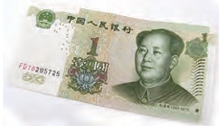
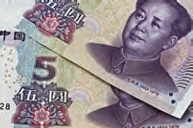
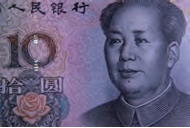
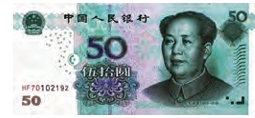
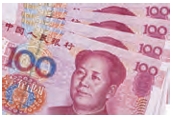

评论